We caught up with the brilliant and insightful Chintia a few weeks ago and have shared our conversation below.
Alright, Chintia thanks for taking the time to share your stories and insights with us today. We’d love to hear the backstory behind a risk you’ve taken – whether big or small, walk us through what it was like and how it ultimately turned out.
One of the biggest risks I’ve taken was stepping away from my career in academia about two and a half years ago to focus fully on my own artistic practice. For over a decade, teaching had been central to my professional and personal identity—I taught Studio Arts (Drawing, Painting, Mixed Media) at Southern Illinois University and Auburn University in Montgomery, AL until 2019.
Just as I was ready to transition out of teaching, I received a phone call that I was truly honored to get—it was from the principal of Booker T. Washington Magnet High School for the Visual and Performing Arts. They were in need of an art teacher. This was the very school I had attended for high school, where I studied art as my magnet. It took me in, gave me refuge, treated me with kindness even when I couldn’t speak English, and helped shape me into the artist I am today. I owe so much to that place. When else would I have the chance to give back in such a meaningful way, if not through this opportunity? I found deep fulfillment in mentoring young artists. But despite how rewarding that path was, I reached a pivotal moment where I felt an undeniable pull to expand creatively, explore new ways of making work, and engage more deeply with communities through art. I made the difficult decision to leave behind my wonderful students and a stable career for one that offered more freedom and space for risk and discovery. My family was a bit nervous at first—I was too—but I think I’m finally getting the hang of it.
More recently, I’ve divided my time between Montgomery, Alabama—where I had already built strong connections—and New York City, where I saw tremendous opportunities for growth and dialogue within a broader artistic community. Although I’ve spent time in Atlanta as well, my practice now primarily centers around Montgomery and New York. The move was both a creative and financial risk. Partially relocating to one of the most expensive cities in the world meant carefully weighing every decision. There were no guarantees, and I had to fully trust my skills and instincts. While I’m still navigating the demands of this bicoastal life, the decision to take this leap has been transformative. It has allowed me to rediscover my voice beyond institutional boundaries and reaffirmed that true growth often comes through vulnerability, risk, and discomfort. I’ve gained new perspectives, broadened my reach, and opened doors I never expected. This journey continues to teach me that trusting in one’s creative intuition can lead to the most meaningful and expansive opportunities.
Currently, I’m developing several new projects that continue to explore the intersections of personal history, material investigation, and community engagement. These include a traveling interview series titled In Bed with an Artist, which delves into vulnerability and the creative process through intimate conversations conducted—quite literally—in bed. The interviews will go live this fall on my website.
In parallel, I’m restructuring Expose Art House, which went on hiatus during the COVID pandemic and the years that followed, with a renewed focus on public programming that invites deeper dialogue around identity, memory, and place. The long-term vision is to create Expose Art Houses in different parts of the world, offering space for global collaboration, cultural exchange, and community-rooted creativity.
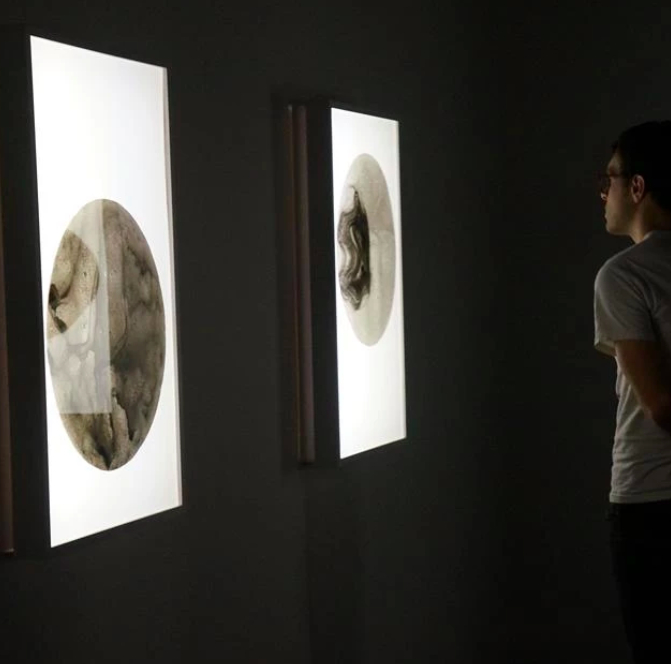
Great, appreciate you sharing that with us. Before we ask you to share more of your insights, can you take a moment to introduce yourself and how you got to where you are today to our readers.
I’m Chintia Kirana, a multidisciplinary artist, occasional curator, and community arts organizer originally from Jakarta, Indonesia. My journey in art began from a place of necessity and resilience. My family and I sought refuge in the United States following the political upheaval and targeted violence against Chinese Indonesians in the late 1990s. As a young refugee navigating a new language and culture, art became my first language—a way to express myself and connect with the world around me. One of my earliest memories of encouragement came wrapped in holiday magic: my parents, posing as Santa, gifted me my first set of art supplies. That moment sparked a lifelong passion for creative expression.
These early experiences continue to shape the core of my work, which explores themes of identity, displacement, memory, and belonging. I earned an M.F.A. in Painting and Drawing from Southern Illinois University Carbondale, and after several years teaching in higher education, I made the bold decision to step away from academia to fully immerse myself in my own artistic practice. I now divide my time between Montgomery, Atlanta, and New York City—three culturally rich communities that continually inform and inspire my work.
My practice spans painting, drawing, installation, and socially engaged art. Across these disciplines, I examine the intersections of cultural identity, spirituality, time, and collective memory. Materials are an integral part of my process—often sourced from rituals or communal gatherings. Ashes from ceremonial burnings, carbon residue from shared meals, and eggshells from daily rituals serve as both physical and symbolic anchors in my work, grounding abstract and minimalist forms in lived human experience.
Outside of the studio, I’m deeply committed to using art as a tool for dialogue and connection. I founded Expose Art Magazine—an international contemporary art publication born during graduate school to elevate diverse perspectives across the global arts landscape. This initiative evolved into Expose Art House, an alternative platform supporting emerging artists through residencies and exhibitions. Expose Art House often invites international artists to engage directly with local communities, fostering cross-cultural exchange and collaboration.
At the heart of all my projects is a desire to celebrate diverse voices, spark meaningful conversations, and inspire collective action rooted in empathy and understanding. Whether curating exhibitions, facilitating workshops, or leading community-based public art initiatives, my goal is to create inclusive, impactful experiences that transcend traditional boundaries. Through my work, I aim to cultivate spaces where individuals can reflect, connect, and reimagine what “home” and “identity” mean in an interconnected, ever-evolving world
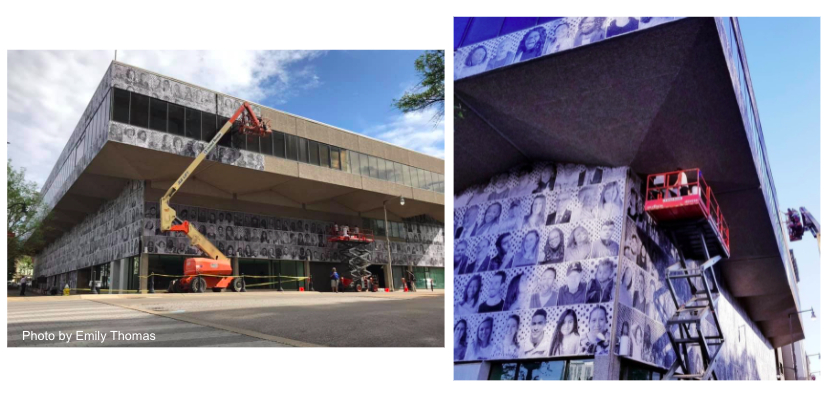
Is there something you think non-creatives will struggle to understand about your journey as a creative? Maybe you can provide some insight – you never know who might benefit from the enlightenment.
I think one of the biggest misconceptions non-creatives often have is that art just “happens”—as if a sudden spark of inspiration magically turns into a finished piece overnight. In reality, creativity is a deeply iterative and often messy process. It involves research, experimentation, countless hours of practice, and a willingness to take risks that may not always lead somewhere. That’s why artists often refer to themselves as “practicing artists”—because it truly is a daily practice, a constant journey of learning and evolving.
There’s also a lot of vulnerability in putting your thoughts, emotions, and personal experiences into the world. I don’t subscribe to the idea of the “artistic genius”—I believe every artist is building upon the legacies and work of those who came before them. Of course, each artist’s background and life experiences shape their voice and vision, but nothing is created in isolation.
For me, having immigrated as a child and struggling to learn English, art became a way to express what I couldn’t easily say with words. It was a refuge—a form of communication and self-understanding. In my culture, emotions weren’t often discussed openly, so making art helped me make sense of the world around me. It gave me a sense of belonging during moments when I felt isolated by language barriers or cultural differences.
Another aspect that can be difficult for non-creatives to fully grasp is the emotional weight each project carries, especially when it comes to collaborative or community-based work. Every piece reflects the artist’s worldview. And when that personal lens intersects with the lived experiences of others, we find ourselves constantly balancing our vision with the needs, histories, and emotions of the communities we work with.
If there’s one insight I’d offer, it’s that real creativity requires empathy, patience, and resilience. The final result—whether it’s an installation, a painting, or a performance—may look polished, but it’s the product of a long, winding path. Whether you’re making art or building a business, being open to uncertainty, adapting when things go sideways, and staying rooted in your passion is essential to creating something truly meaningful.
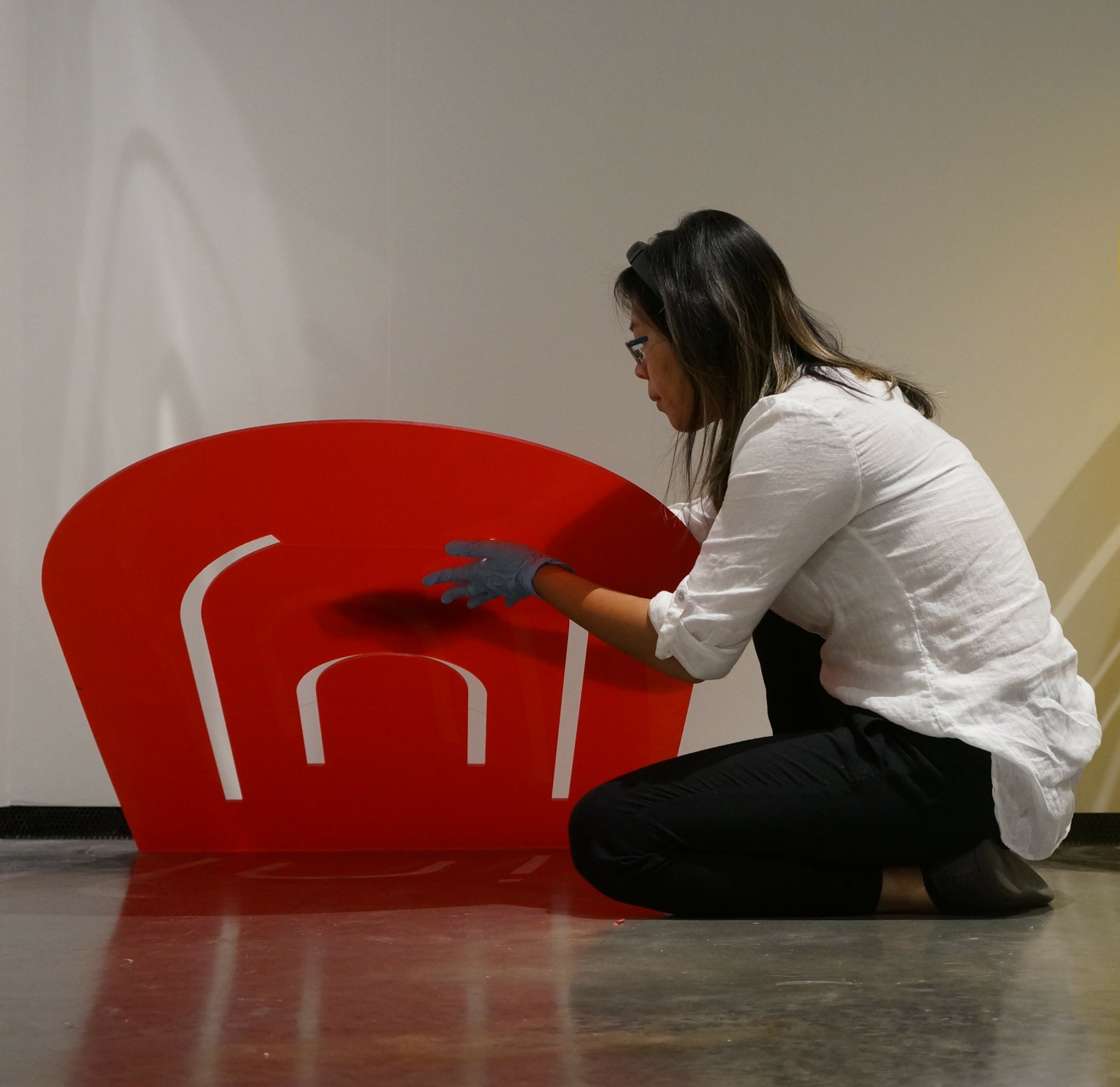
Are there any books, videos or other content that you feel have meaningfully impacted your thinking?
Painters Painting is one of my favorite documentary films. I’m currently reading Atomic Habits, and I must say—it has made a meaningful impact on how I manage my days and routines.
There are many other books that have significantly influenced my thinking and practice. A few favorites include In Praise of Shadows by Junichiro Tanizaki, Be Water, My Friend: The Teachings of Bruce Lee by his daughter Shannon Lee, and The Poetics of Space by Gaston Bachelard, to name a few.
Contact Info:
- Website: https://www.chintiakirana.com
- Instagram: see.in.tia
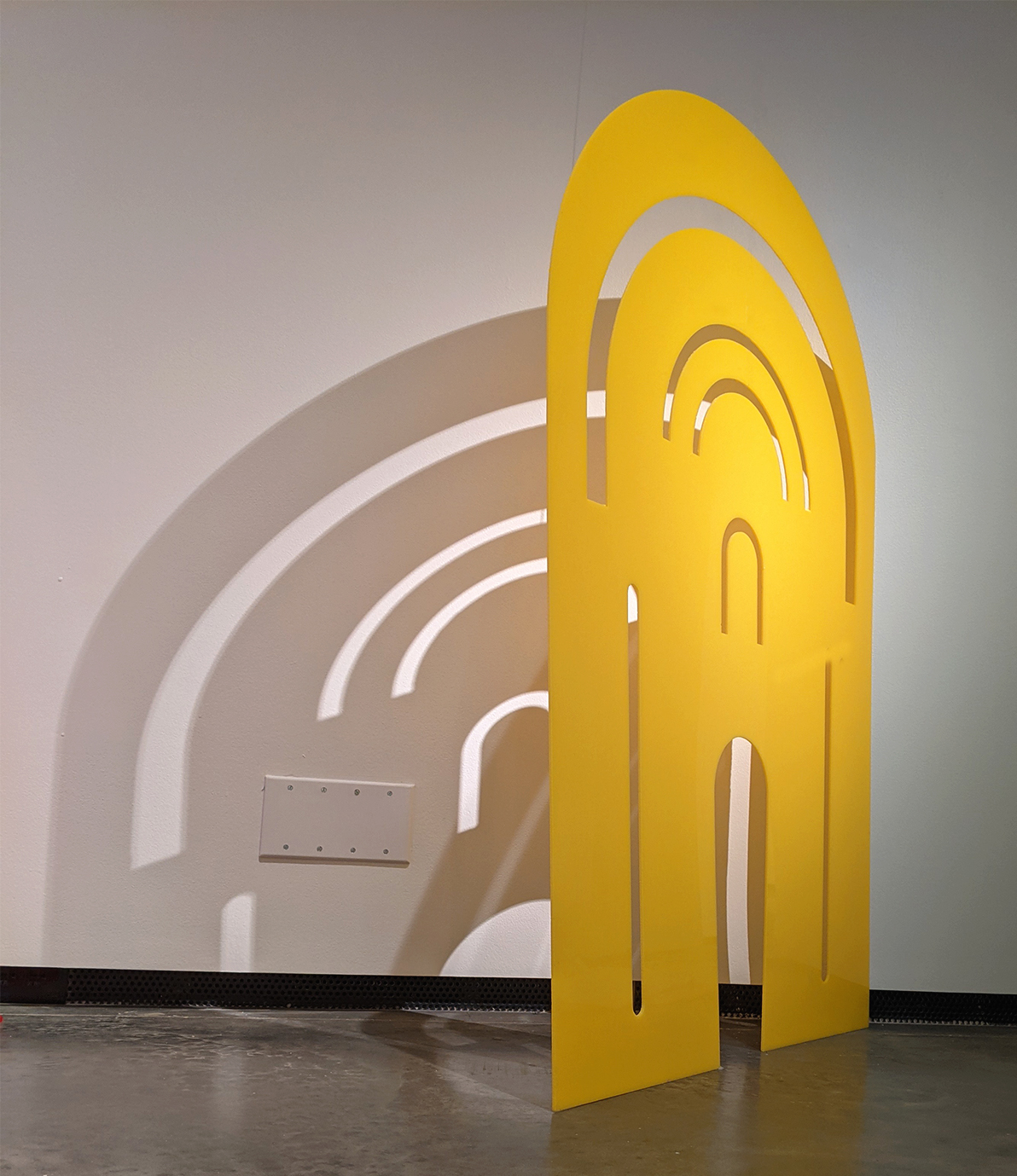
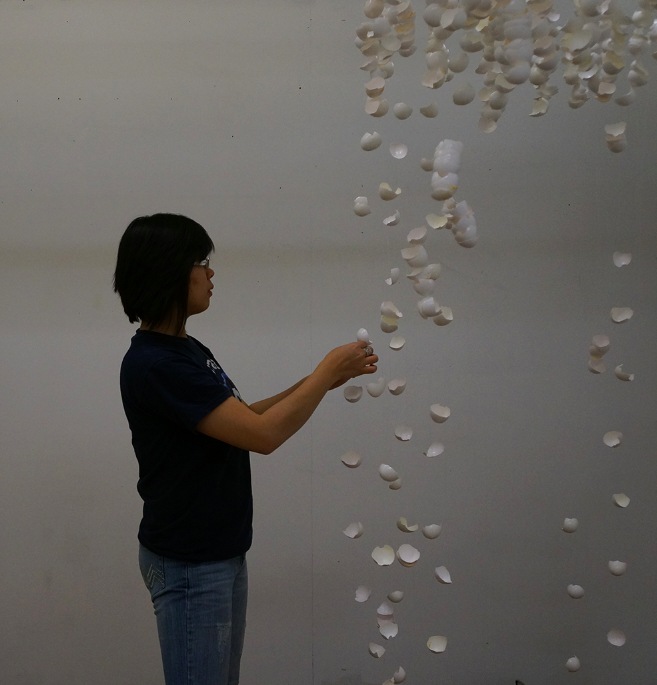
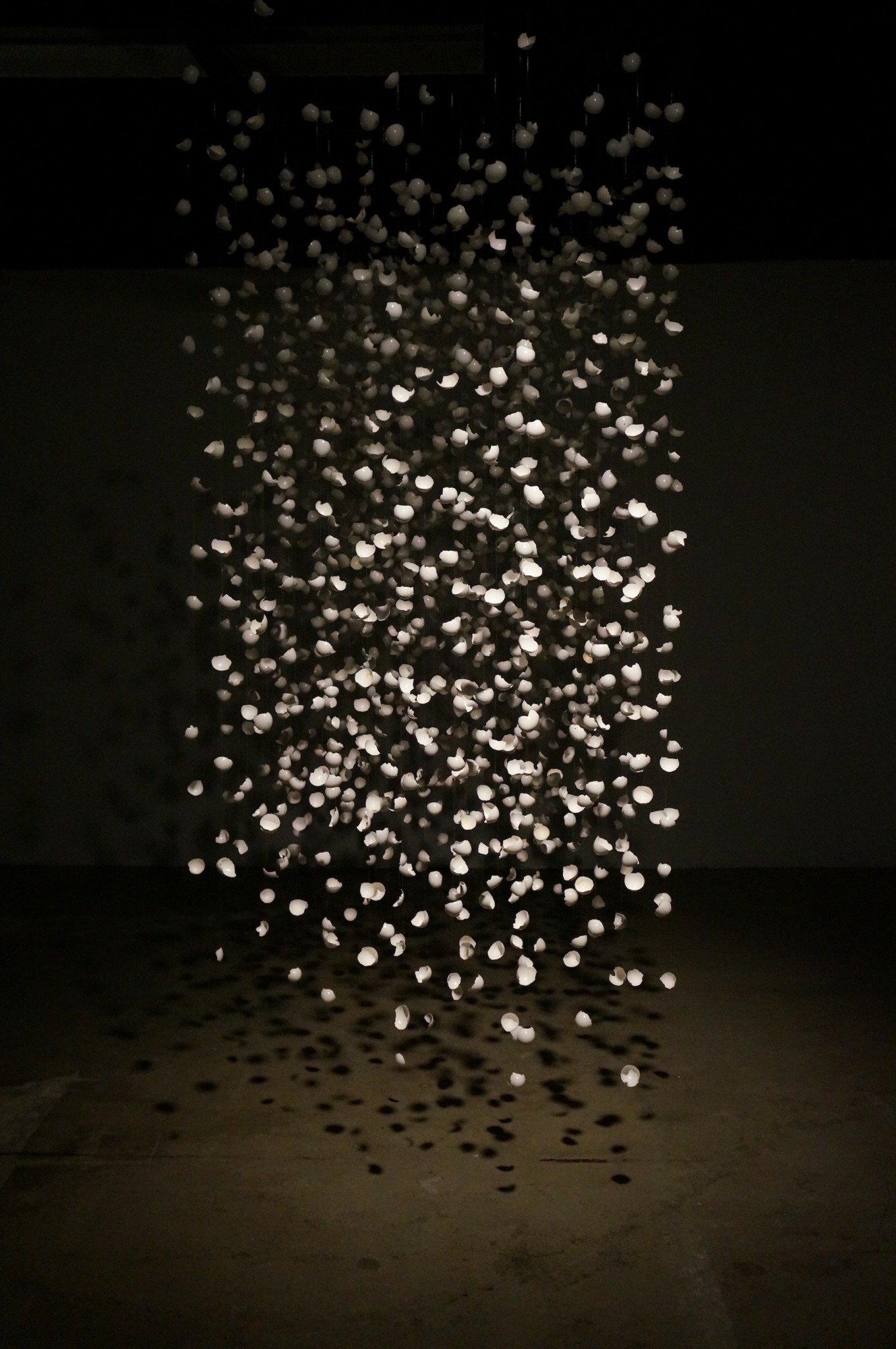
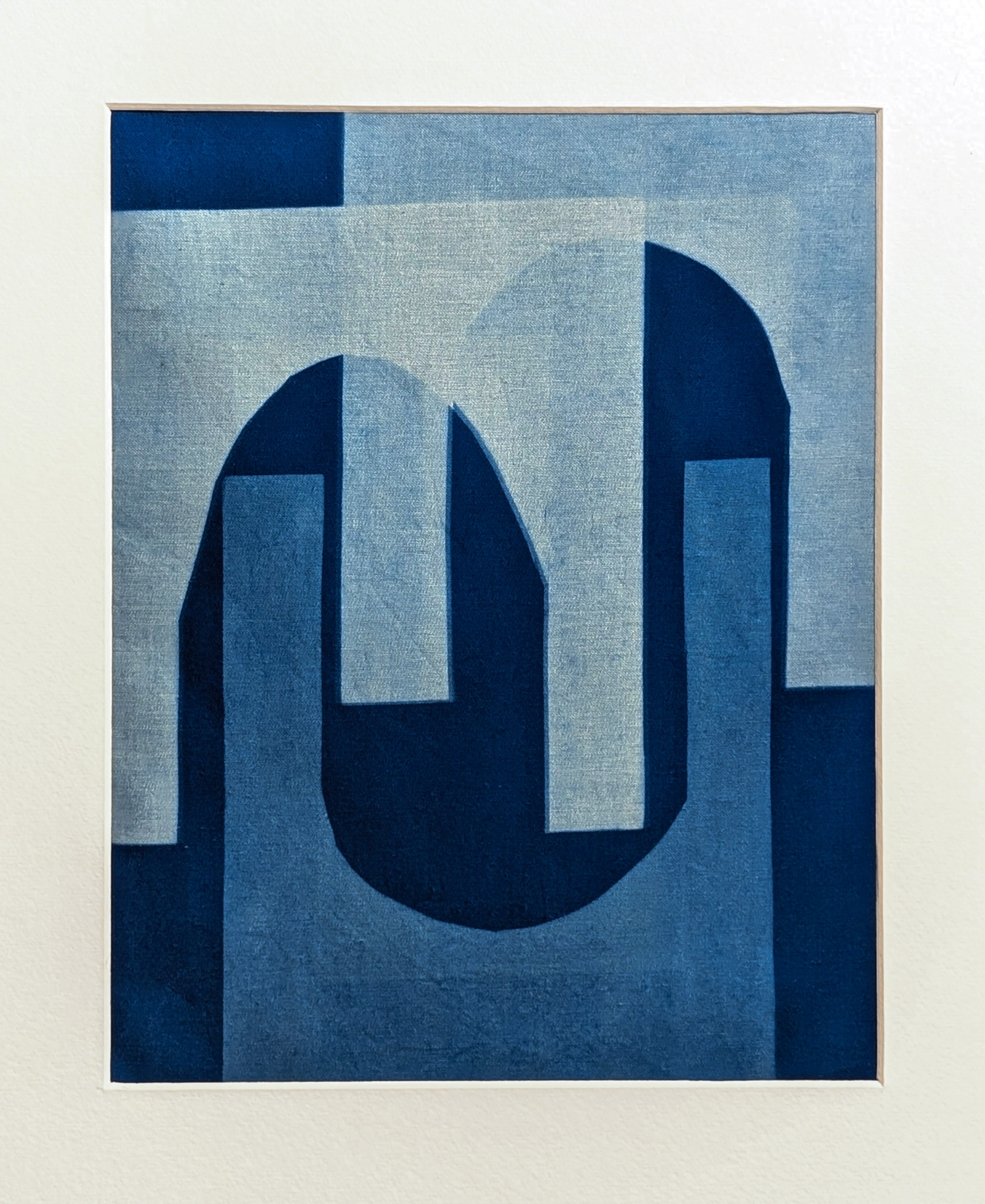
Image Credits
Personal Photo credit : Nico Giquel
Additional Photos: Chintia Kirana Studio
Outdoor Installation Photo : Emily Thomas


